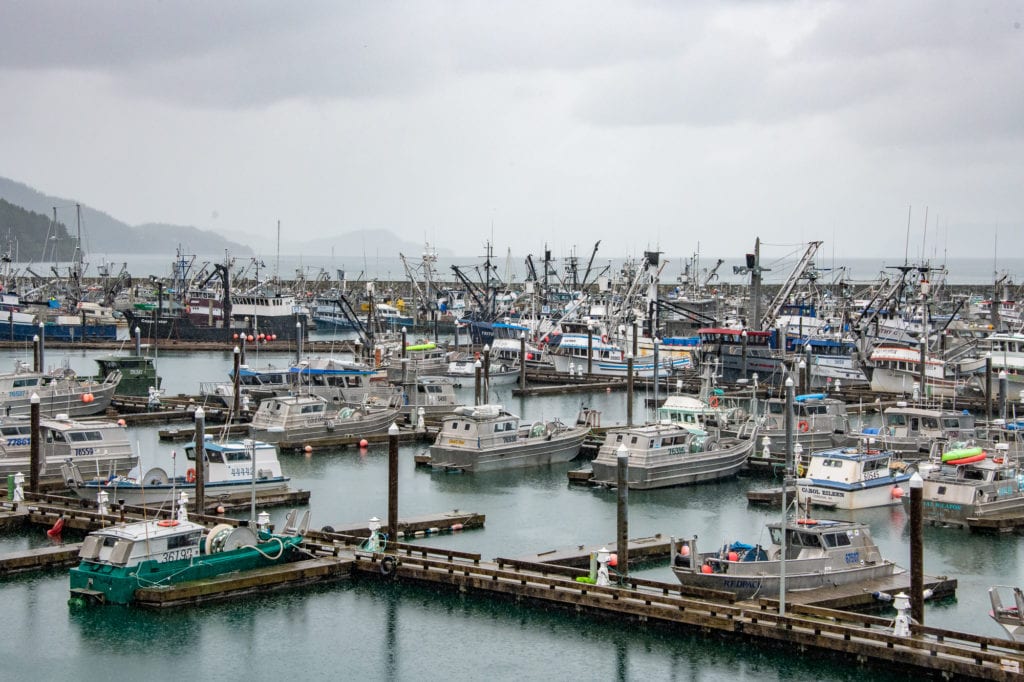
A new free illustrated handbook on boatyard hazards, with tips for protecting worker safety, is now posted online by Alaska Sea Grant.
The handbook, authored by now retired marine advisory agent Terry Johnson, is an easy to read 16-page resource for those engaged in building, repairing and maintaining boats.
Johnson says the book is a result of discussions he had with representatives of the National Institute for Occupational Safety and Health and the Alaska Marine Safety Education Association, who told him boat owners, boatyard employees and others could benefit from a handbook explaining hazards specific to their workplace and how to minimize risk.
Johnson had worked on boats since the md-1970s. Only recently did he become aware of the toxic and hazardous materials he’s been exposed to, he said.
AMSEA’s executive director Jerry Dzugan said professionals in boat building and repair trades should be trained to recognize and avoid these dangers. Boat owners, crew members and boatyard recent hires may not have all the knowledge they need to avoid sickness, injury and death, and that’s what makes this handbook so valuable, Dzugan said.
The handbook offers information on the regulatory authorities who oversee boatyard safety and health, plus information on how to conduct a hazard analysis and draft a set of best practices, plus ow to identify types of injury and health risks associated with boatyard work.
The handbook includes preventive measures for a range of risks, how to select and use personal protective equipment, how to read and interpret a material safety data sheet and overall tips for staying safe. Included are tips on avoiding falls, getting struck by, struck against or caught in hazards. Also included are warmings about electrical and welding burns, chemical burns, injector injuries, hearing damage, explosions and electrocution from damaged cord cover, faulty wiring, short circuits and more.
Download the handbook at seagrant.uaf.edu/book-assets/download/fla/MAB-73/MAB-73PDF.pdf.





